WESTONE – Apollo Watch Collection
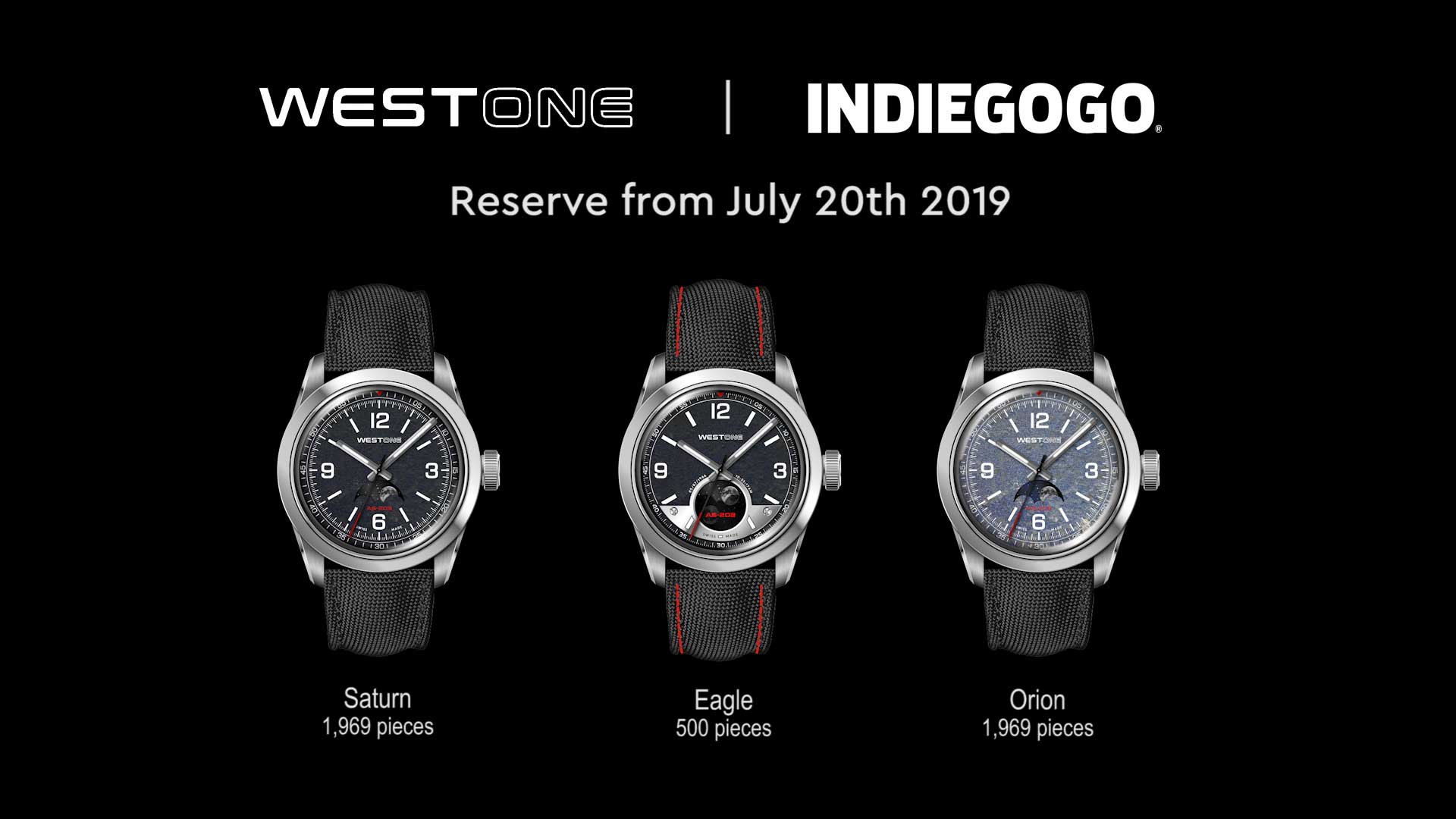
This story spans five decades and tells an incredible tale of adventure, discovery and creation binding three generations. West One was born in 1975 when airline pilot Graham Sheppard made an incredible discovery.
3 Swiss Made Watches created using recovered metal from an Apollo space rocket! Read the whole story here!
In July 1966 the AS-203 rocket took off from Complex 37 at the Kennedy Space Center, Florida. The rocket, part of the Apollo Moon programme, orbited the Earth four times and, on the final orbit, when the pressure in the fuel tank was increased to test its structural limits, the craft blew to pieces over The Caribbean. Most of the debris burnt up upon re-entry but a large panel of the Liquid Hydrogen propellant tank re-entered the atmosphere and landed in Northern Rhodesia, now known as Zambia.
NOW @ INDIEGOGO
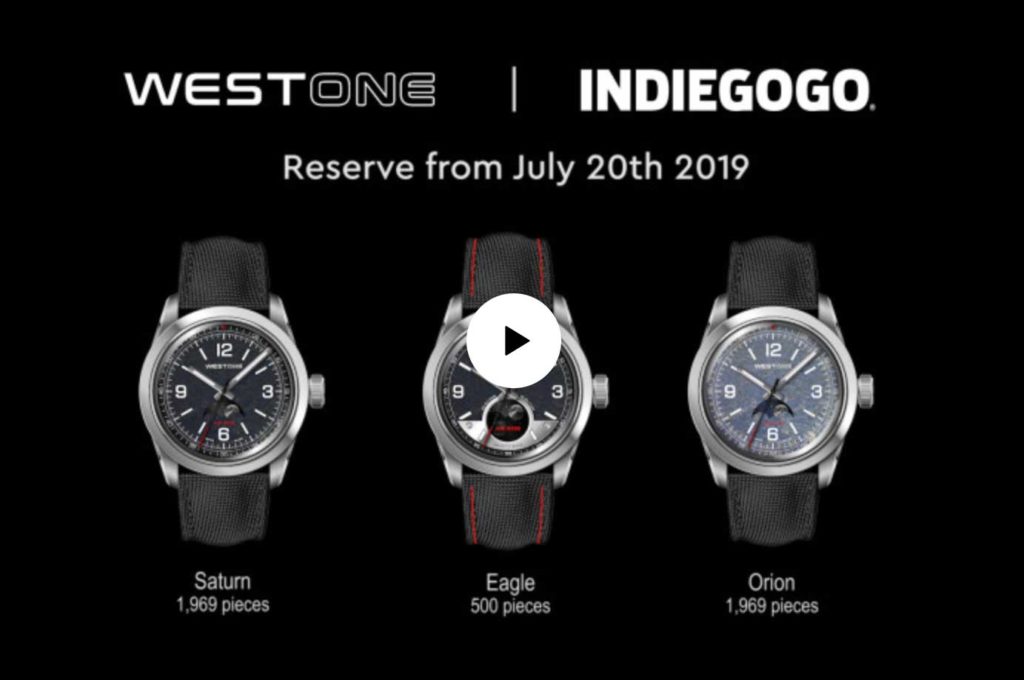
DISCOVERY – WESTONE – Apollo Watch Collection
In 1975, Graham Sheppard, a British Airways captain on a two-year sabbatical with the Zambia Flying Doctor Service, landed his Britten-Norman Islander twin-engine aircraft at a remote airfield in Western Zambia. The airfield, West One, was one of a series of remote airstrips set up for the Flying Doctor Service.
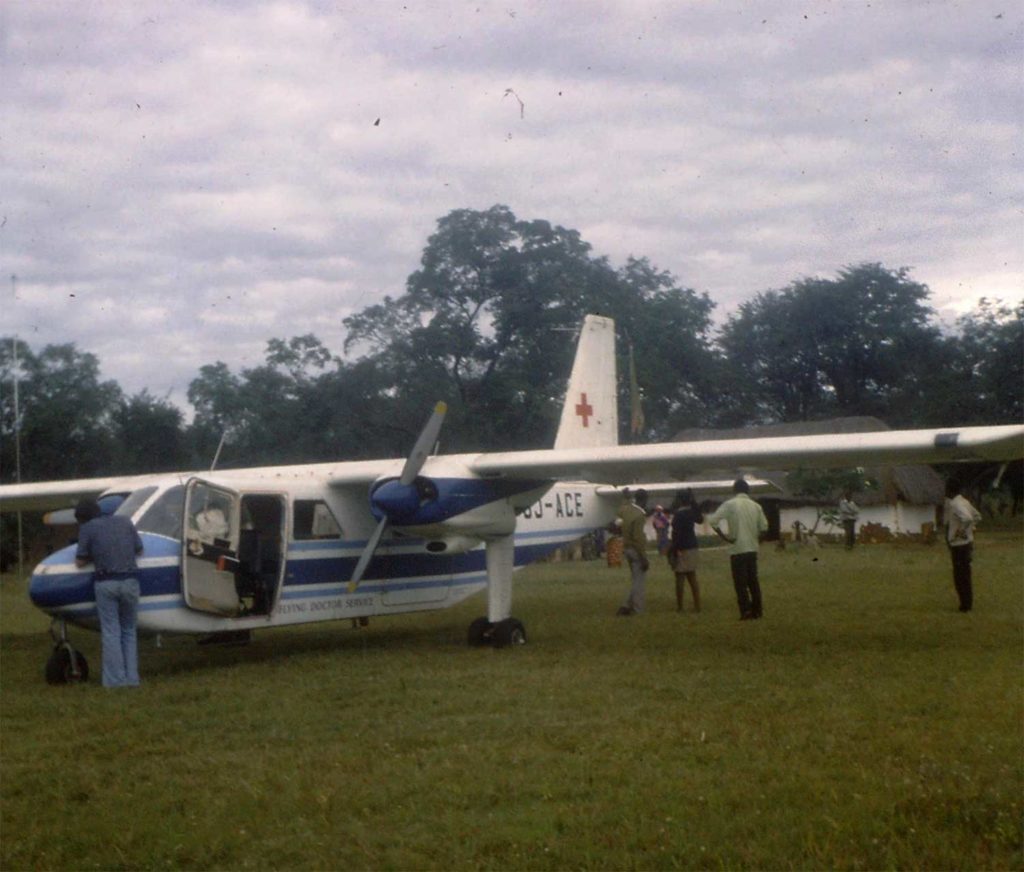
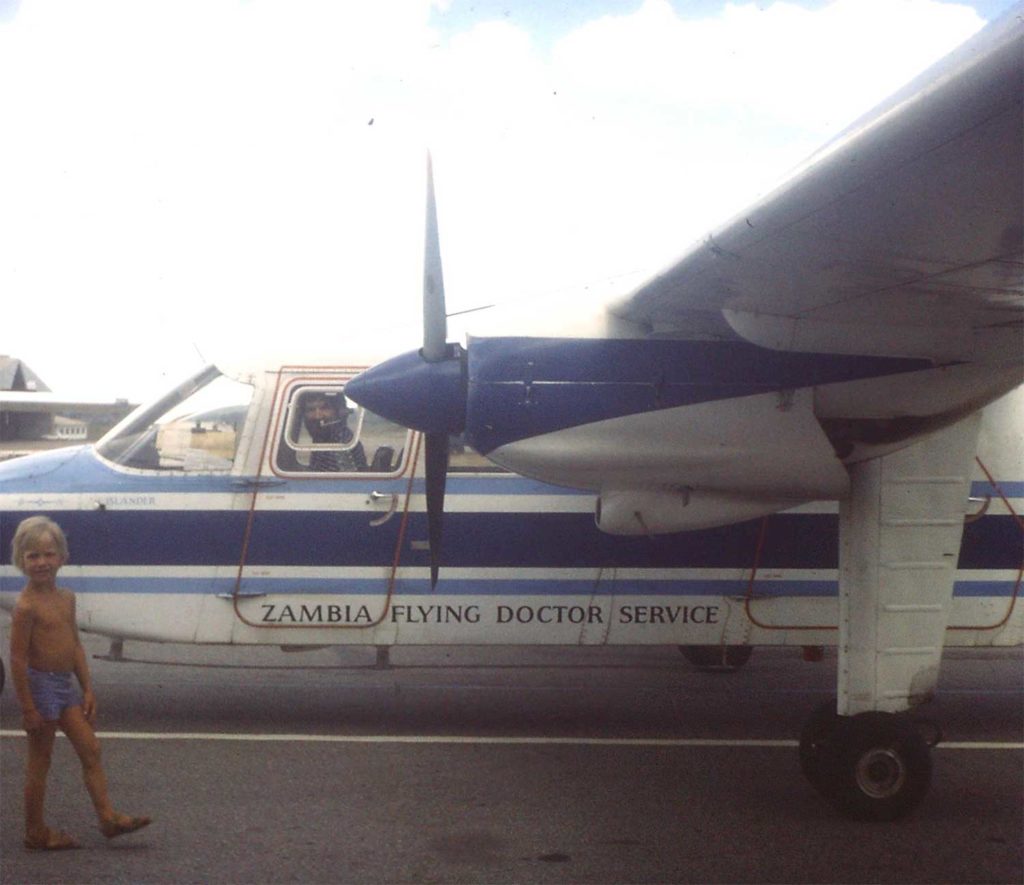
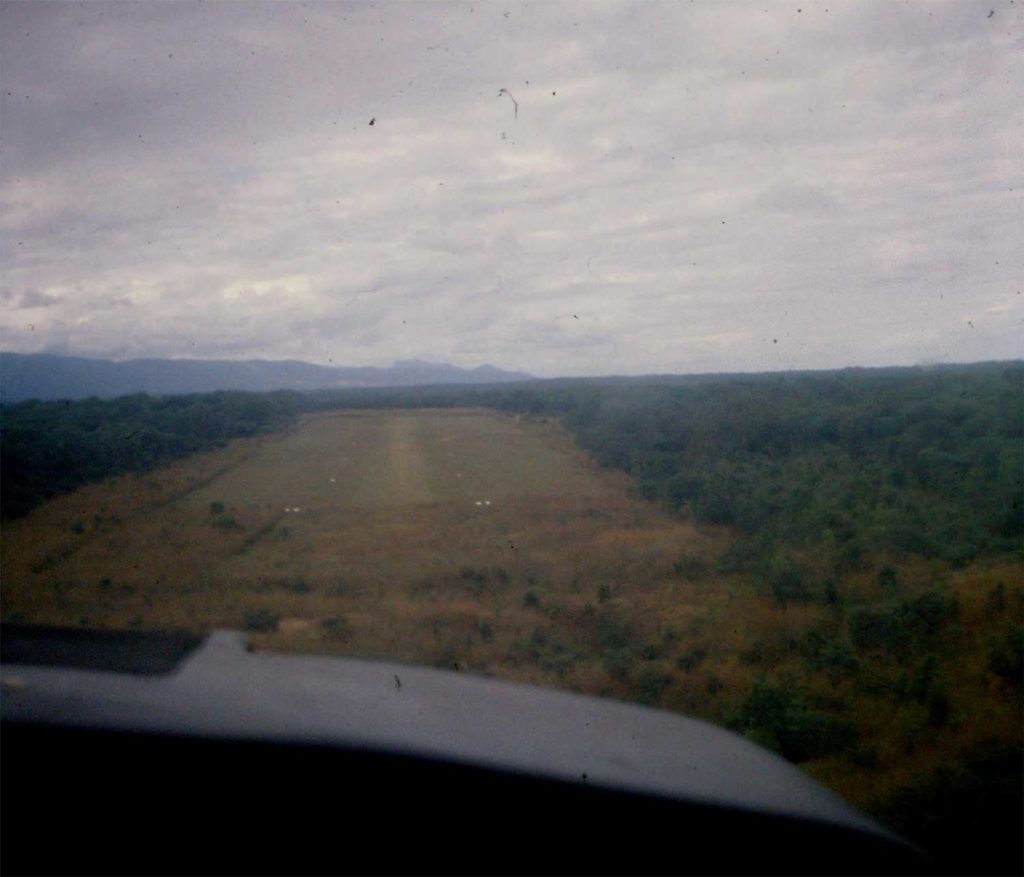
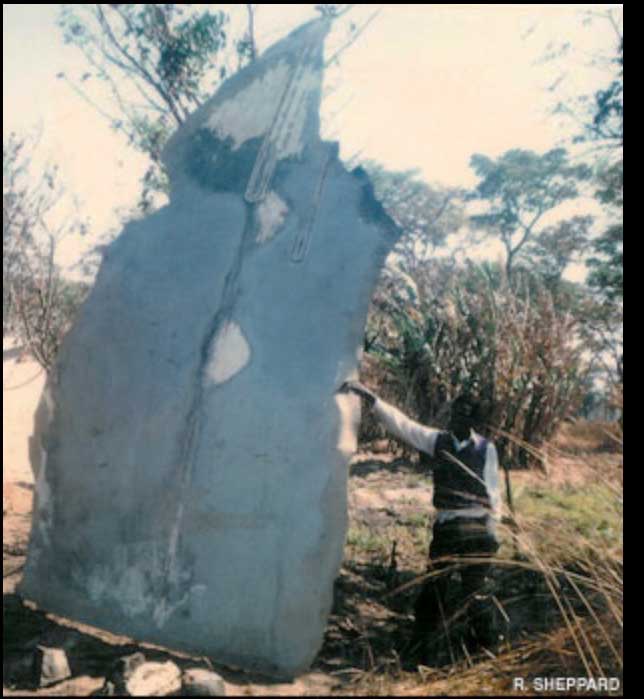
As he waited for the medical team, Graham was shown a large panel of aluminium that the local people had found in the bush. This panel, measuring approximately 15ft by 8ft, had a “waffle” pattern on one side and burn marks on the other. There were some markings on one side, as well as remnants of red paint. Mr Sheppard surmised that this panel must have come from a space rocket.
RECOVERY – WESTONE – Apollo Watch Collection
In 1998, Graham showed his son Richard a scrap-book of his 30-year flying career in which there was an image of an African man standing next to a large piece of metal. The image had been taken in 1976 and, having been an enthusiastic follower of the space programme through the 1960s and 70s, Graham was convinced that the metal must have come from a rocket and was likely a part of the Apollo programme. At the time of its discovery, he had not written down the exact airstrip where the panel was located but, many years later, he was sure it was either West Two or West One in Zambia. It was from this moment that Graham and Richard decided to embark on an adventure to retrieve the metal.
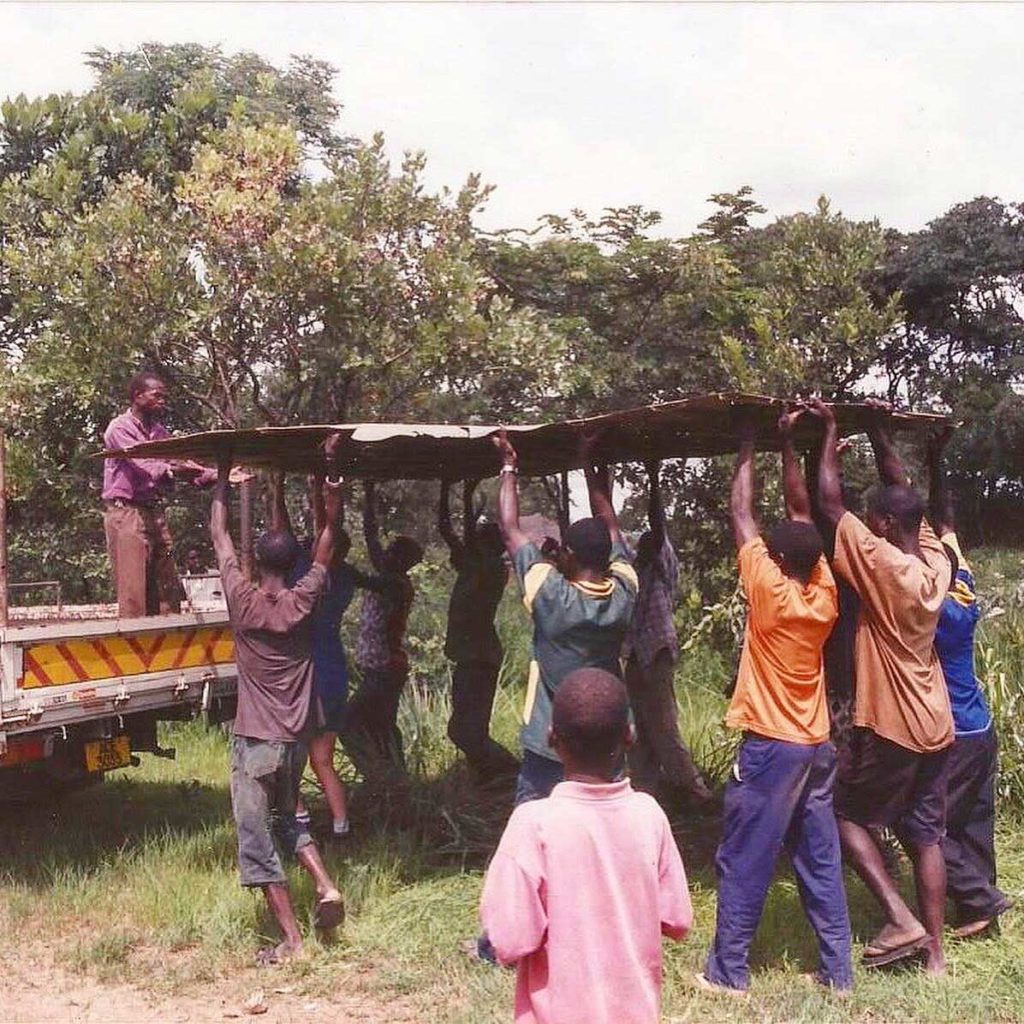
In 2000, they left Livingstone and headed to northern Zambia on a quest to find the metal that Graham had discovered 30 years earlier. After a couple of days, the airfield had proven impossible to find, and Graham and Richard gave up, returning home.
Apollo Watch Collection
Almost a year later, Richard resumed the search. As he crossed the Kafue river by a rickety bridge, he was directed by some pedestrians to turn onto a footpath. After a few hours of dodging tree stumps and ditches, the thick bush opened up into a very poorly maintained grass airstrip. He had finally made it. Richard was greeted by a huge crowd of enthusiastic locals who surrounded the car. The photograph of the panel was duly examined, and it was decided by four young men that the panel was under a bush by the Kafue river 3km away. Richard was highly sceptical and as it turned out, his scepticism was justified as the metal was nowhere to be seen.
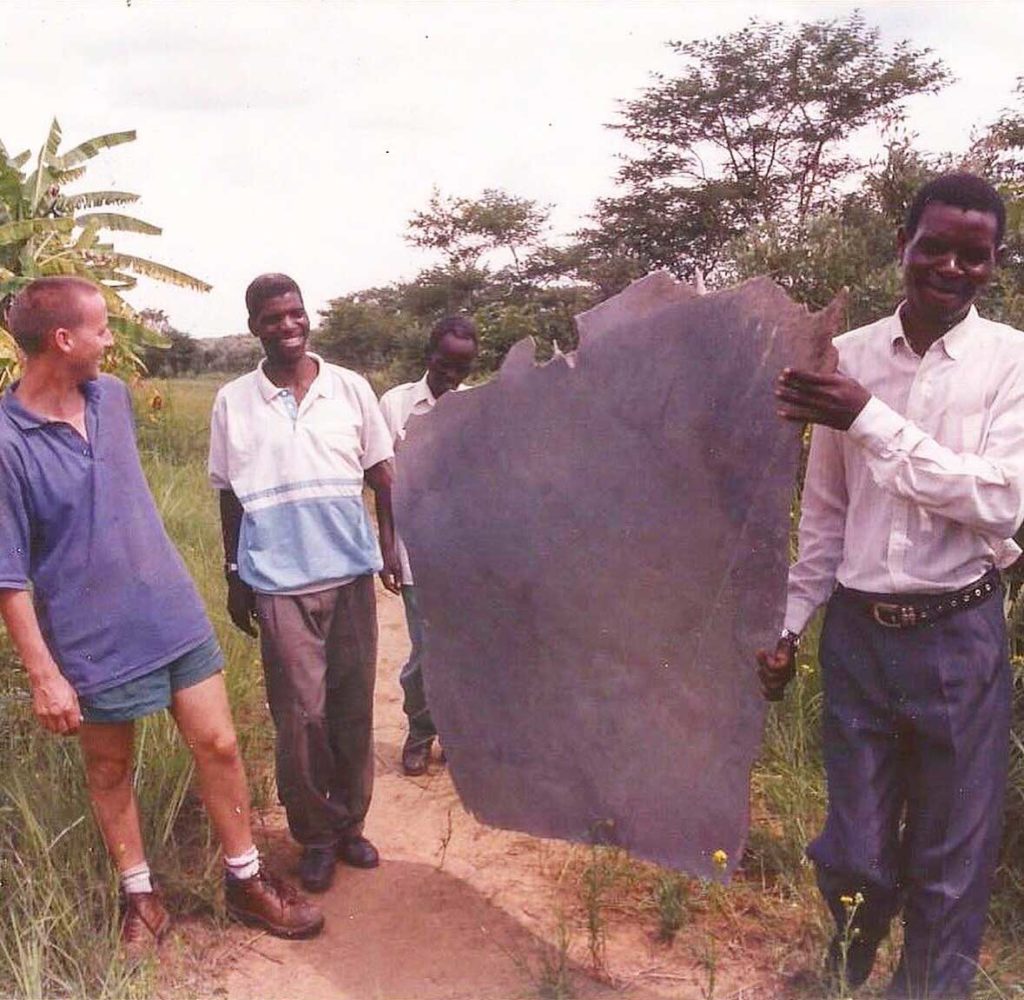
Despite protests from the local men, Richard returned to his car where he was met by some teachers from the local school. They spoke good English and after examining the photo carefully, one of them proclaimed that the man in the photo was his brother whom had died six months earlier. Still sceptical, Richard asked where he had lived and, to his astonishment, the man said, ‘West One’. This fitted perfectly with Graham’s recollection of the panel being either at West Two or West One. The next day, Richard travelled to West One, knowing that if ever there was a day when the metal would be found, it would be that day.
West One was well maintained and easily accessible. Richard was greeted by the caretaker of the airfield who, after examining the photo, proclaimed that the man standing by the panel had indeed died six months before. Knowing now that he was on the right track, Richard asked if he had seen the panel in the photograph. The man re-examined the photo and said, “Yes, it’s just down that track being used as a roof.” Richard followed him for a few hundred yards down a footpath and came to a hut, the roof of which was the huge panel of metal shown in the photo. Thirty years on from Graham’s discovery, the metal had only moved 200 yards.
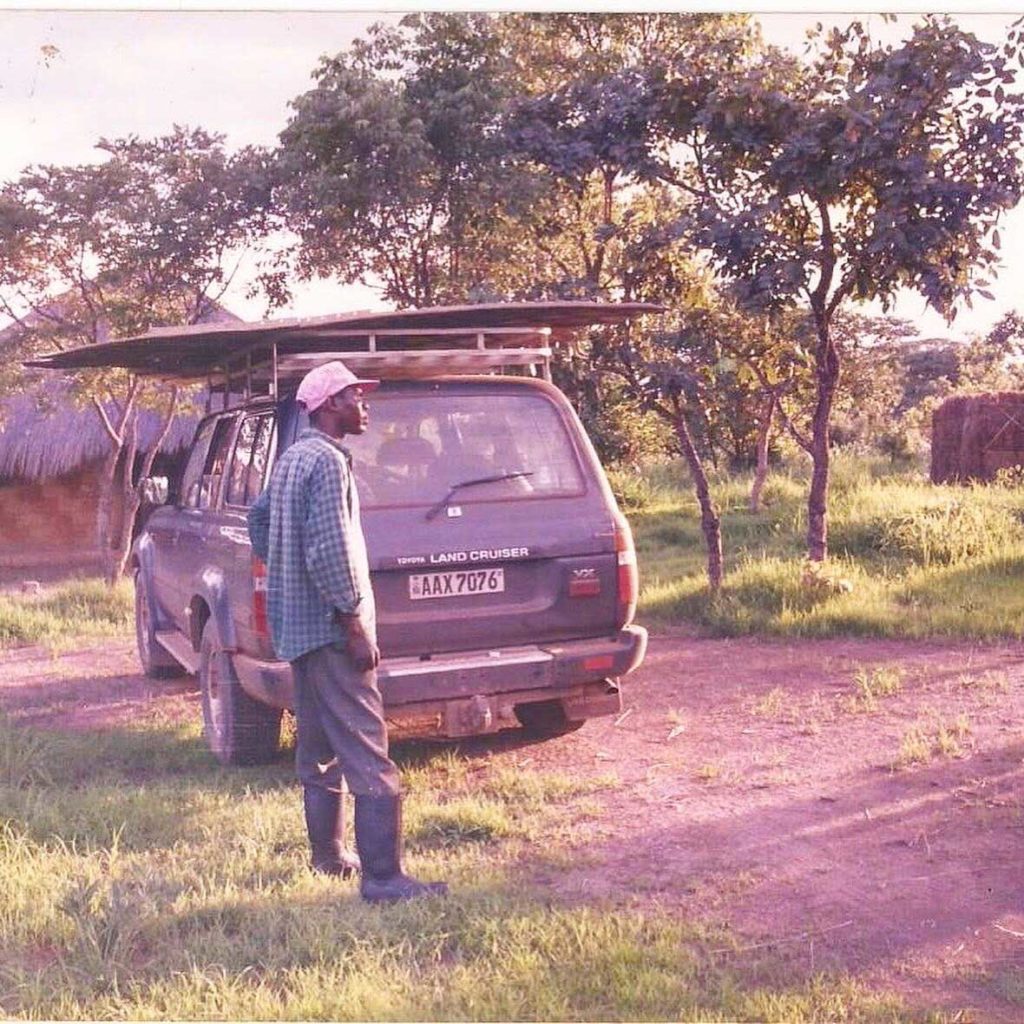
With the help of some locals, Richard managed to get the panel down to the ground to see its condition. There were the remnants of a red ‘U’ on the side and a few other markings, but the main feature was a milled waffle pattern on one side. After inspection, Richard was told that a small piece had been cut off a few years earlier and it was duly brought out from a hut. The man in charge of the airfield insisted that Richard take the metal, arguing that it belonged to Graham who took the photo. Rather than accepting this, Richard offered to replace the roof of the hut and pay for the metal. Deal done, the panel was shipped around 100km to Kitwe, the nearest large town.
WESTONE – Apollo Watch Collection
After almost thirty years it was a thrill to finally have the panel. The panel was dropped at a haulage contractor who promised to deliver it to Richard in Livingstone, over 700km away. Christmas of 2005 was a week away, so Richard returned triumphant to Livingstone to await the arrival of the panel.
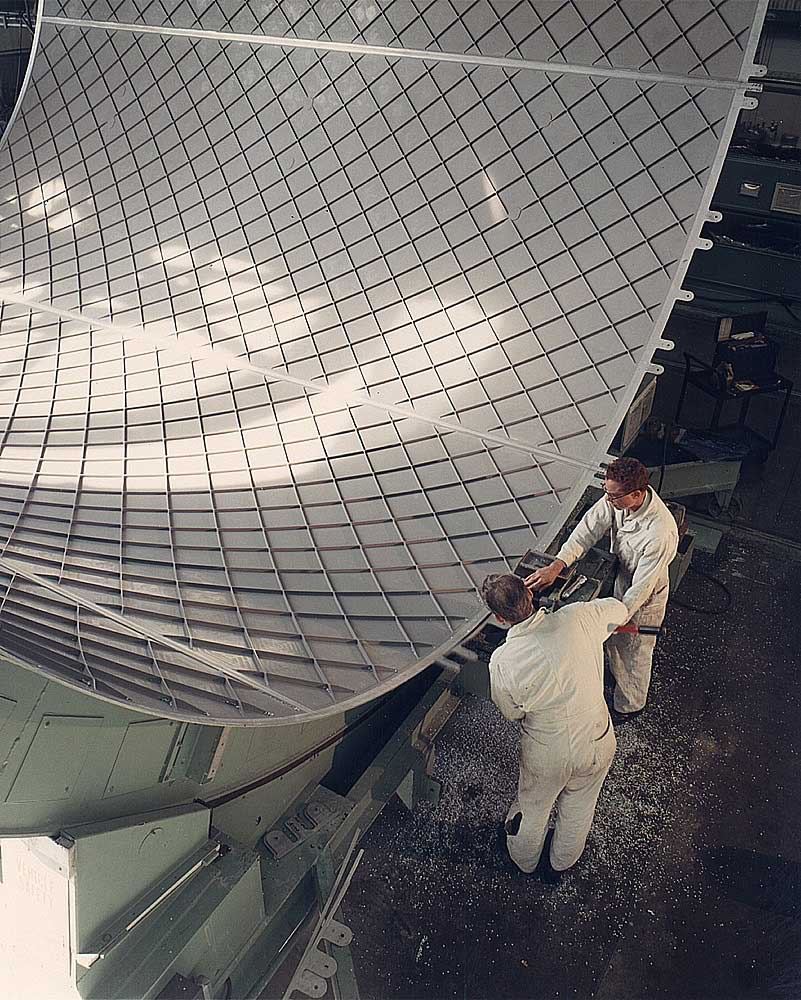
Delivery day arrived. No sign of the metal. Richard called the haulage company and was assured that the metal would arrive the following day. Another four days passed. The metal had still not arrived. Richard began to panic that after so much effort, the metal had been sold off to a scrap dealer. After an infuriating exchange with the haulage company, the truck rolled into our yard, albeit eight days late, with its precious cargo.
The journey to England was the next troubling task. In 2005, it took eight weeks for the metal to voyage from Zambia to England. A friend of Richard’s had promised to retrieve the panel once it had arrived. However, on the day of arrival, the friend informed Richard that the metal had not arrived in the container. Stunned, Richard tasked his brother Ian to investigate the container, which he did after waiting three weeks for the container to be removed from a stack. The container did indeed look empty, but the panel was flat on the floor and the friend who had originally gone to retrieve it had thought it a piece of the floor.
AUTHENTICATION
Now that the panel was safe, it was time to identify exactly where it had come from, so Richard started to send out e-mails to various organisations that he thought could help. Principal amongst these was NASA. They did not reply directly, but one of their staff, Chuck Shaw, then head of the Hubble Space Telescope Repair Mission, responded and extended an invitation to Ian and Richard to visit the Johnson Space Centre in Houston, Texas.
WESTONE – Apollo Watch Collection
In late 2005 they travelled to Houston and Mr. Shaw helped search for relevant data in the NASA archives. This data enabled Ian, Richard and Mr. Shaw to identify the exact rocket the metal had come from as AS-203, a Saturn IB and one of the last test rockets before the Saturn 5 was launched as part of the Apollo programme. Since this visit, tests have been carried out on the metal to determine its origin and it was proven, beyond all reasonable doubt, that the metal recovered in Zambia is indeed part of the S-IVB second stage of the AS-203 rocket. It was the S-IVB design that became the third stage of the Saturn 5 and actually blasted man out of Earth orbit to the Moon.
FOUNDING WEST ONE
It was then decided that a fantastic use of the metal would be to make quality, collectable watches, incorporating the metal into the design. Plans began in mid-2018 and Richard, Ian and Ian’s son, Tristan, began the design process for the watches.
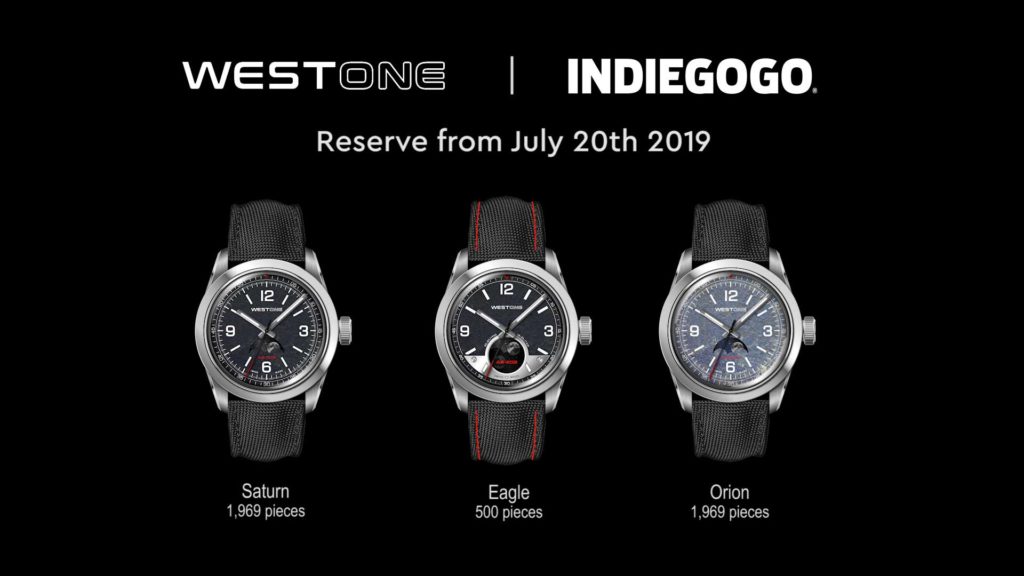
Now, West One are proud and excited to present the final chapter of this wonderful story, spanning nearly five decades and falling perfectly in time to celebrate the 50th Anniversary of one of man’s greatest achievements; the Moon landing of 1969. The Apollo Watch Collection is the ultimate collector’s item, serving as a worthy conclusion to this amazing story, celebrating the pinnacle in human endeavour and adventure.
Purchase your watch through Indiegogo and own your very own limited piece of history.
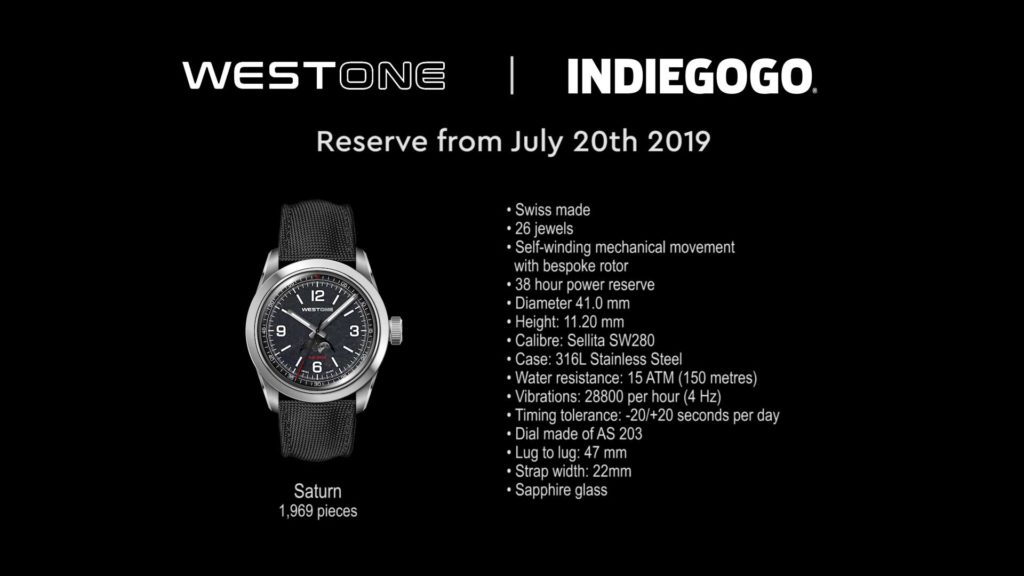
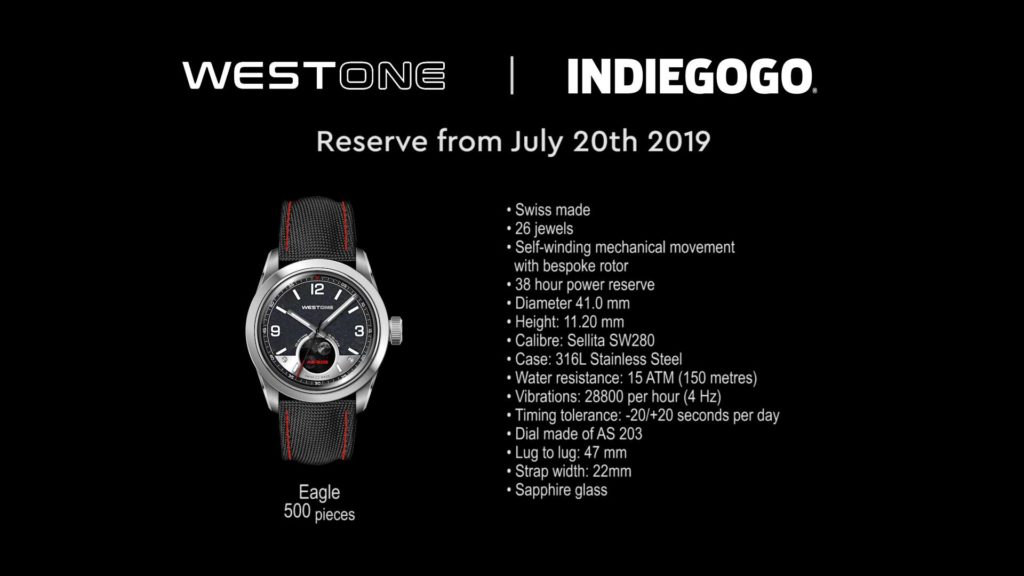
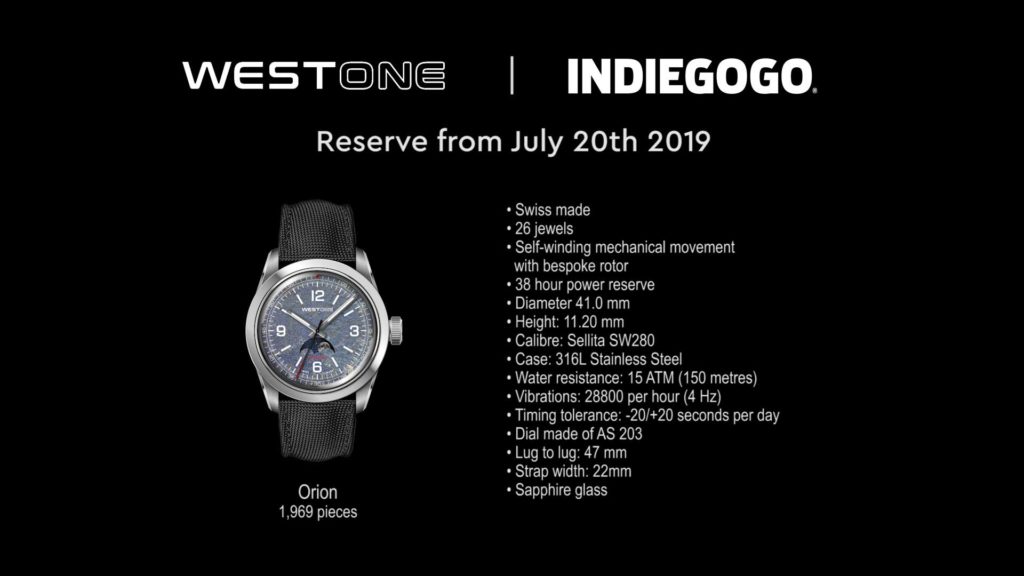
WESTONE here:
Indiegogo: https://www.indiegogo.com/projects/west-one-the-apollo-watch-collection/coming_soon/x/19228235
Facebook: https://www.facebook.com/westonewatches/

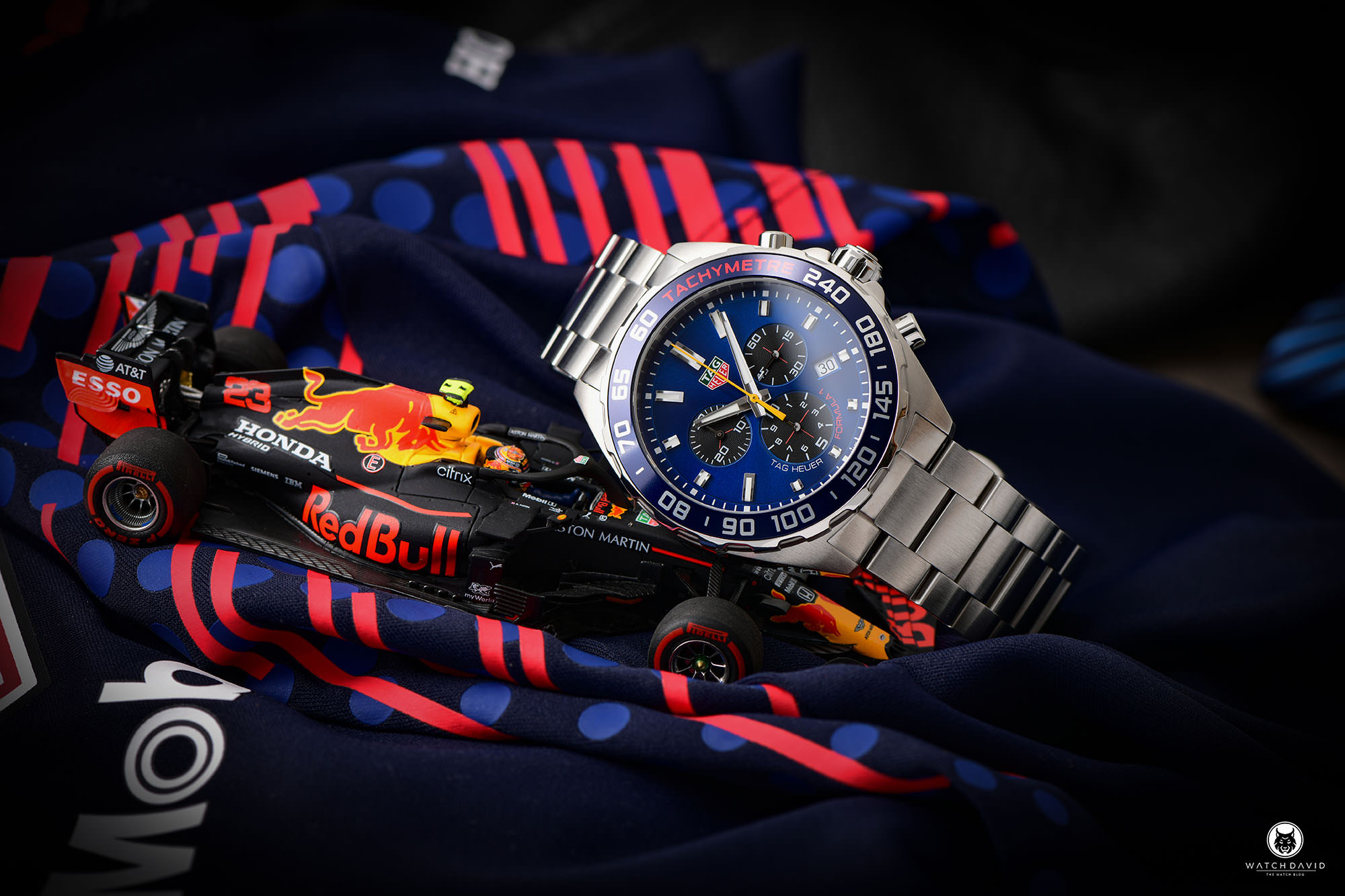
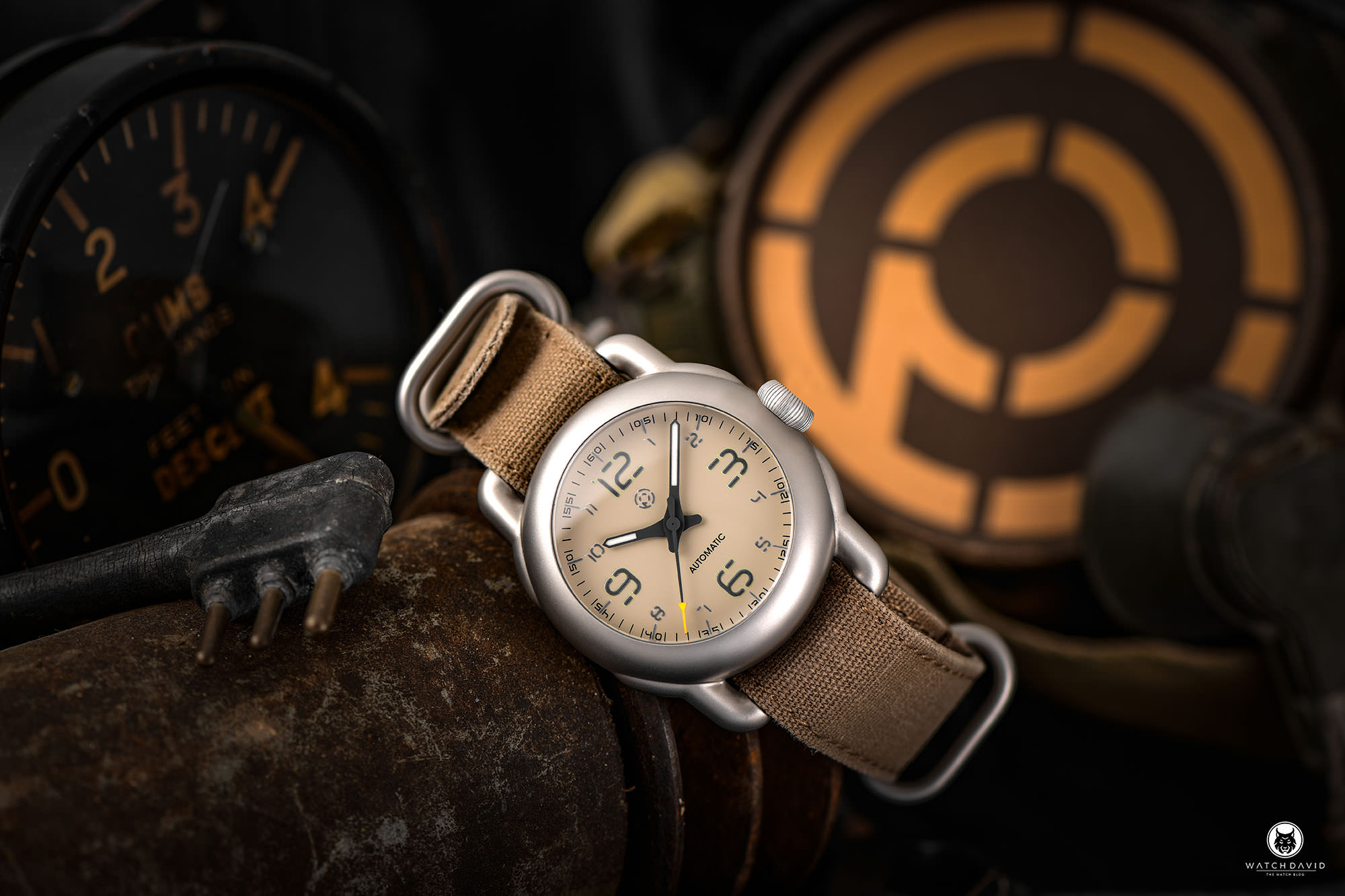
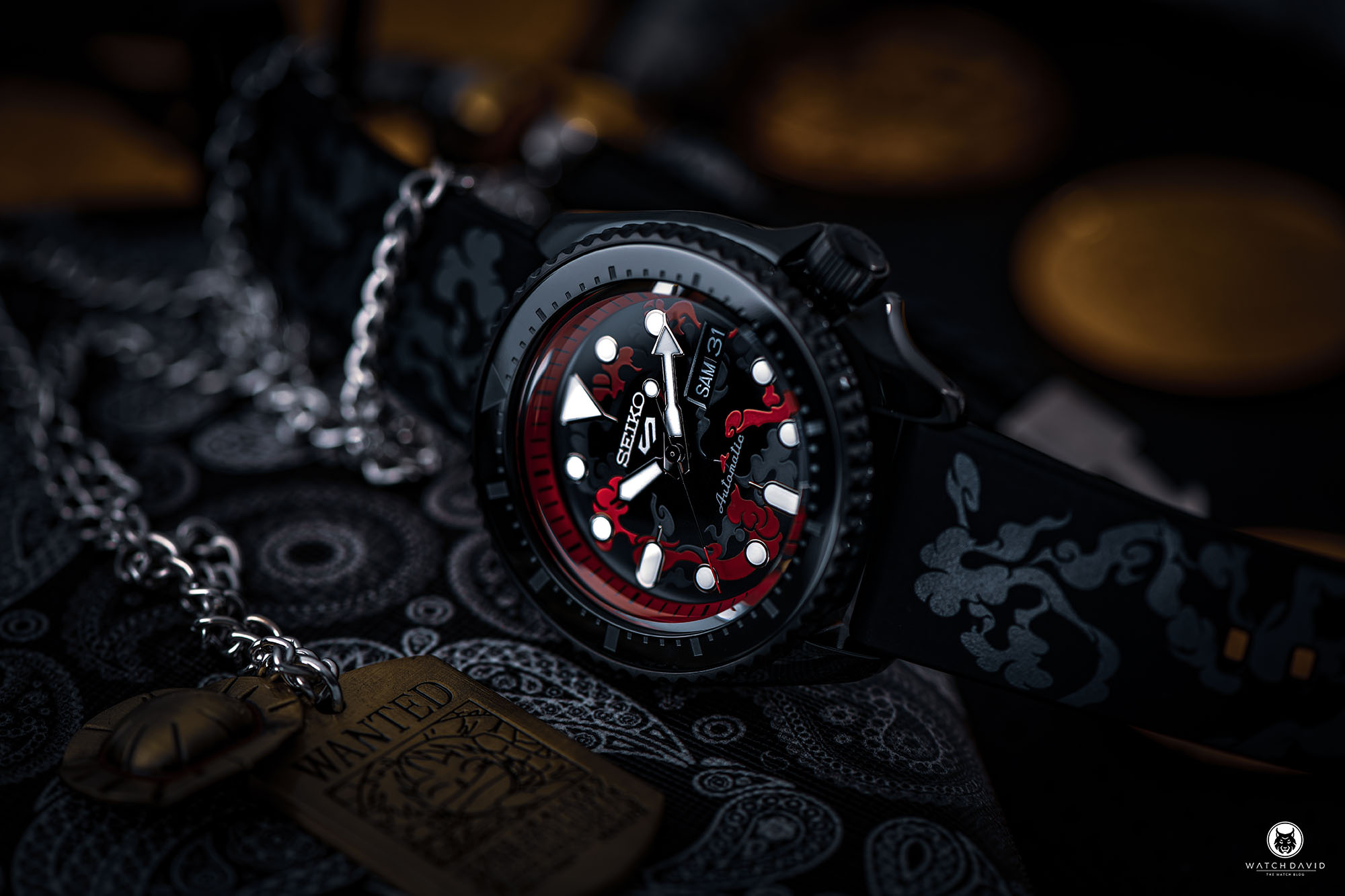
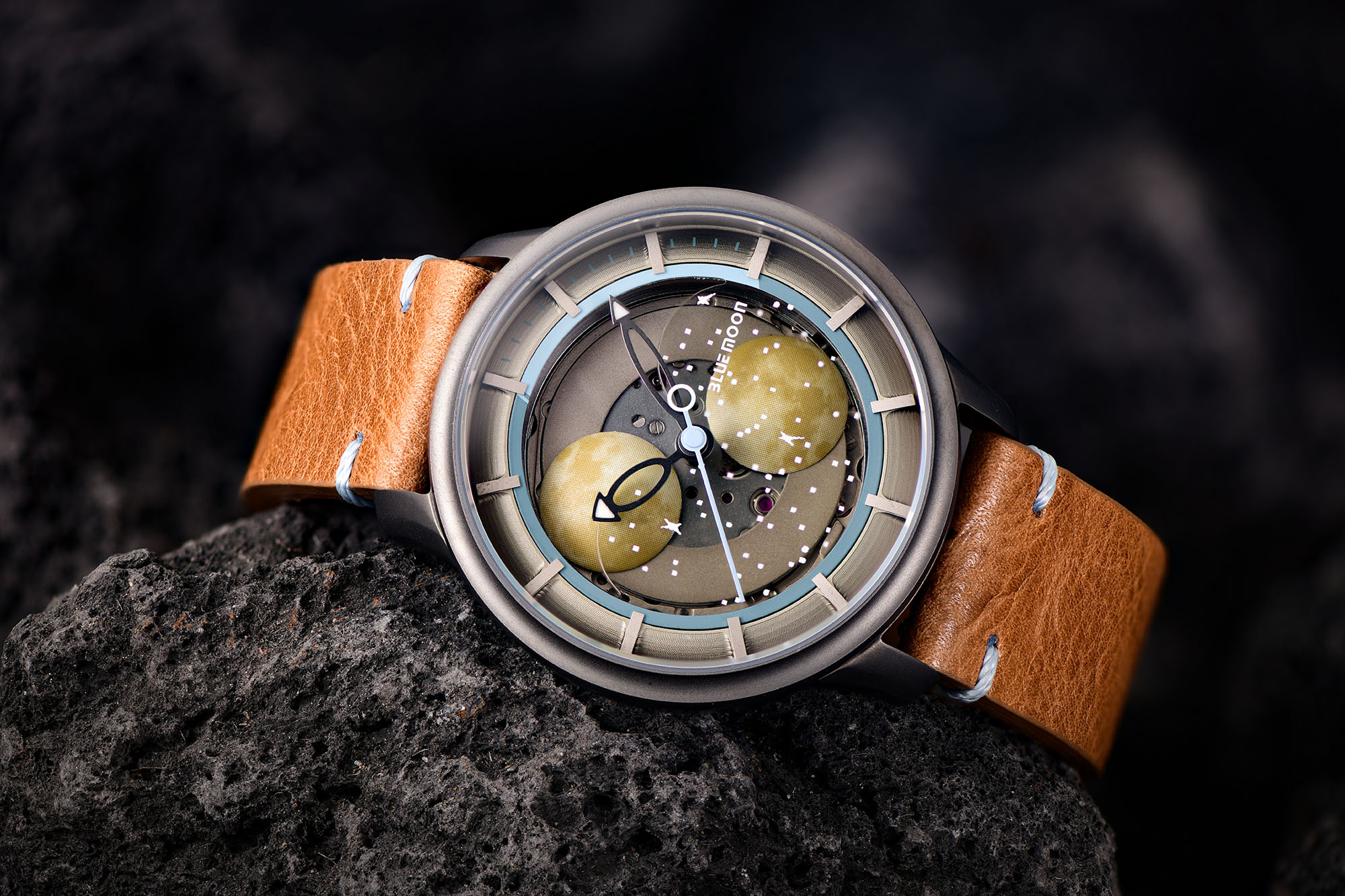
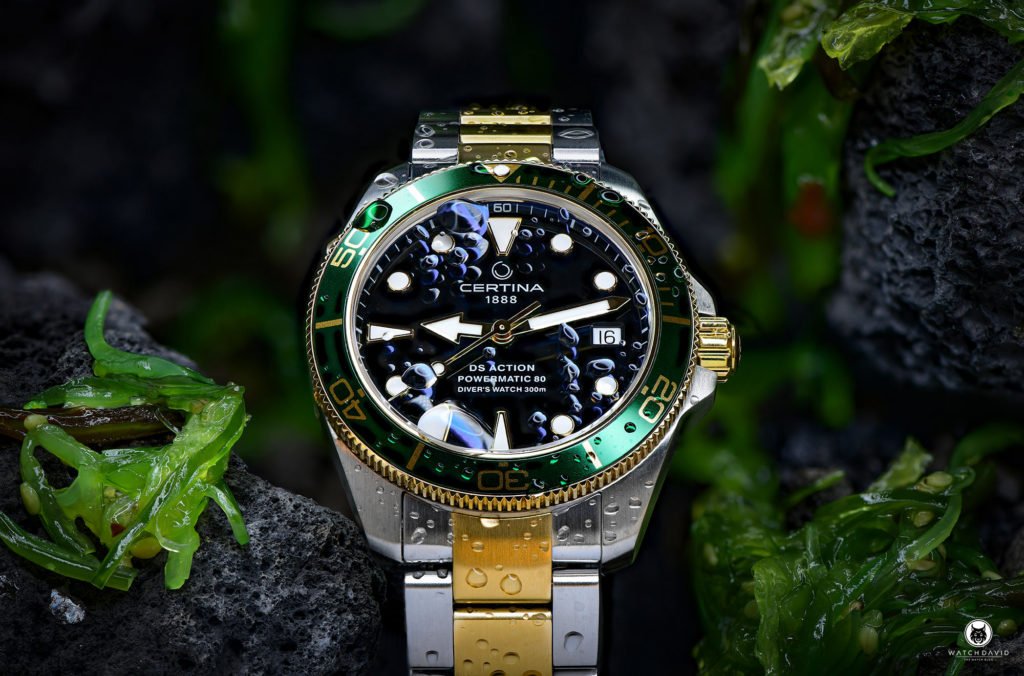
Kommentare